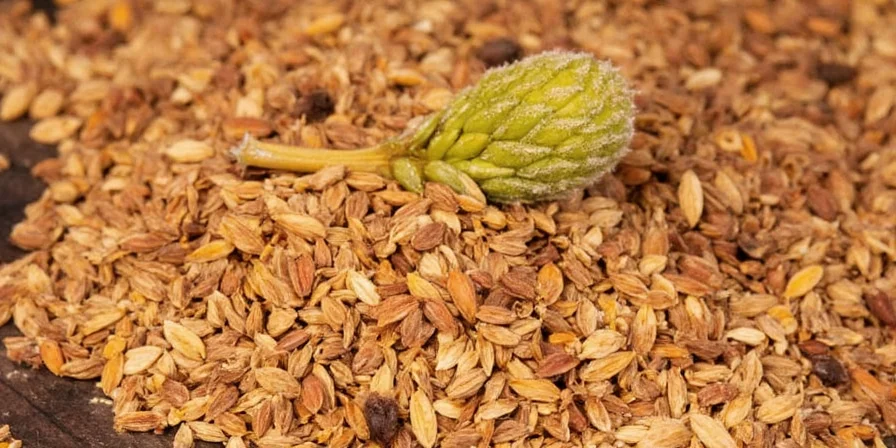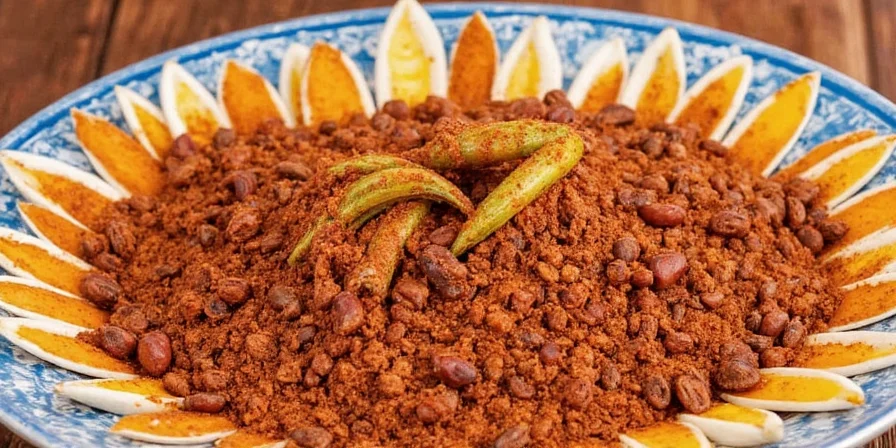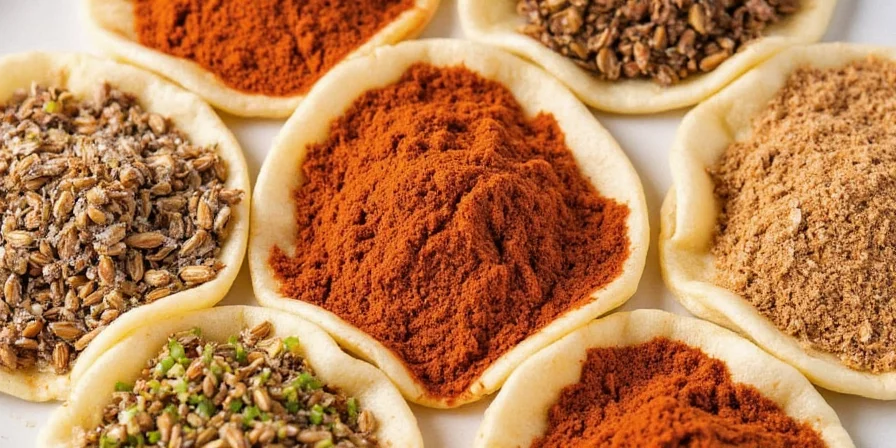From Humble Street Food to Global Star: The Secret Spice Behind the Taste of Gyro

Introduction: What's All the Hype About the Taste of Gyro?
If you’ve ever walked past a food truck and caught that warm, savory aroma — a mix of roasted meat, tangy yogurt, and a whisper of herbs — then you’ve experienced the magic of the taste of gyro. But what makes this humble Greek sandwich so unforgettable? Hint: it’s not just about the meat. It’s the spice blend that gives gyro its signature flavor.
In this article, we’ll dive deep into the world of spices behind the taste of gyro, explore how these flavors traveled across continents, and give you some pro tips to recreate that mouthwatering experience at home — no street cart required!
Table of Contents
- The Core Spice Lineup Behind the Taste of Gyro
- A Brief History of the Taste of Gyro: From Ancient Greece to Your Plate
- How Different Countries Put Their Spin on the Taste of Gyro
- 5 Tips to Master the Taste of Gyro at Home
- Debunking Myths About Gyro Seasoning
- Pairings That Enhance the Taste of Gyro
- Summary of Key Points
The Core Spice Lineup Behind the Taste of Gyro
Let’s get down to the nitty-gritty: the spices. These are the unsung heroes that make your gyro sing with flavor. Here’s a breakdown of the typical spice blend used in gyro meat:
| Spice | Role in Flavor Profile | Taste Contribution |
|---|---|---|
| Oregano | Earthy, aromatic backbone | Herbaceous warmth |
| Paprika | Colorful depth & mild sweetness | Smoky-sweet undertones |
| Cumin | Earthy richness | Nutty, earthy kick |
| Dried Mint | Refreshing contrast | Peppery brightness |
| Garlic Powder | Bold, pungent punch | Zesty umami boost |
| Black Pepper | Sharp finish | Spicy heat |

A Brief History of the Taste of Gyro: From Ancient Greece to Your Plate
The word “gyro” comes from the Greek word meaning “turn,” referring to the vertical rotisserie where thin slices of seasoned meat rotate slowly, caramelizing as they cook. While modern gyro may seem like a fast-food phenomenon, its roots go back to ancient times.
- Ancient Roots: Lamb was a staple in Greek diets, often cooked over open flames or spiced up with herbs found in the Mediterranean landscape.
- Ottoman Influence: The arrival of Ottoman cooking traditions introduced new spice combinations and meat preparation methods that would eventually evolve into what we now know as the gyro.
- Modern Adaptation: By the 20th century, the gyro became a popular street food in Athens and eventually made its way overseas, especially to the United States.

How Different Countries Put Their Spin on the Taste of Gyro
While Greece is the birthplace of the gyro, different countries have adopted and adapted it, each adding their own twist using local spices and ingredients. Let’s compare a few global interpretations:
| Country | Meat Type | Spice Blend | Taste Variation |
|---|---|---|---|
| Greece | Lamb & Beef Mix | Oregano, garlic, mint, paprika | Herby, slightly smoky |
| USA | Beef-only or pork | Mild salt-heavy blends | Simpler, less aromatic |
| Germany | Chicken gyro | Paprika, coriander, turmeric | More curry-like flavor |
| Canada | Vegetarian or chicken | Spicy cayenne added | Heat-forward profile |
| Israel | Shawarma-style lamb | Cardamom, allspice, cinnamon | Sweet-spice fusion |

5 Tips to Master the Taste of Gyro at Home
You don’t need a fancy rotisserie or a street vendor license to bring the authentic taste of gyro to your kitchen. Here are five practical tips to help you nail that flavor every time:
- Don’t Skip the Rest: After marinating your meat, let it sit in the fridge for at least 4 hours (or overnight) to absorb the spices fully.
- Use the Right Meat Cut: For traditional flavor, choose shoulder cuts (lamb or beef) — they’re flavorful and hold spices well.
- Simulate Rotisserie Heat: If you don’t have a vertical spit, try slicing meat thinly and roasting it on a baking sheet under high broil until browned.
- Homemade Tzatziki is King: Store-bought sauces can be hit or miss. Make your tzatziki with fresh dill, lemon juice, and thick Greek yogurt for that creamy, refreshing contrast.
- Toast the Bread: A warm pita is essential! Lightly toast it before assembling to add texture and enhance flavor absorption.

Debunking Myths About Gyro Seasoning
There’s a lot of misinformation out there when it comes to gyro seasoning. Let’s clear up some common myths once and for all:
- Myth #1: You Need Special Pre-Mixed Seasoning
- Reality: Most store-bought mixes are too salty. Homemade blends let you control the intensity and balance of flavors.
- Myth #2: Garlic Salt Can Replace Fresh Garlic or Garlic Powder
- Reality: Garlic salt often contains anti-caking agents that dull flavor. Stick with powdered garlic or fresh minced cloves for best results.
- Myth #3: More Spices = More Flavor
- Reality: Balance is key. Too much of one spice can overpower others and ruin the delicate harmony.
Pairings That Enhance the Taste of Gyro
What you serve alongside your gyro can elevate the entire experience. Here are some tried-and-true pairings that highlight the taste of gyro:
- French Fries Inside the Wrap: Yes, really! Crispy fries add crunch and soak up the juices — a secret move from Athens street vendors.
- Lemon Wedge: A squeeze of fresh lemon brightens the rich spices and cuts through any heaviness.
- Roasted Vegetables: Grilled zucchini, eggplant, and bell peppers complement the meat beautifully and add color.
- White Wine: Try a crisp Assyrtiko or Sauvignon Blanc to balance the bold flavors.

Summary of Key Points
Here’s a quick recap of everything we covered about the taste of gyro:
- The core spices include oregano, paprika, cumin, dried mint, garlic powder, and black pepper.
- Gyro has ancient origins and evolved through Ottoman and Mediterranean influences.
- Each country adapts the gyro with local spices and ingredients, resulting in diverse flavor profiles.
- You can easily replicate the taste at home by choosing quality meat, toasting the pita, and making fresh tzatziki.
- Pairing your gyro with fries, lemon, veggies, or white wine enhances the overall flavor experience.
Conclusion: Embrace the Taste of Gyro and Spice Up Your Life
The taste of gyro isn’t just a meal — it’s a journey through history, geography, and the artistry of spice blending. Whether you're a seasoned home cook or just dipping your toes into international cuisine, understanding the role of spices in gyro can open up a whole new world of flavor.
So next time you bite into that warm, tangy, herb-infused wrap, remember: you’re tasting centuries of culinary evolution, wrapped up in one perfect bite. Now go forth, season boldly, and make every gyro an adventure!











 浙公网安备
33010002000092号
浙公网安备
33010002000092号 浙B2-20120091-4
浙B2-20120091-4